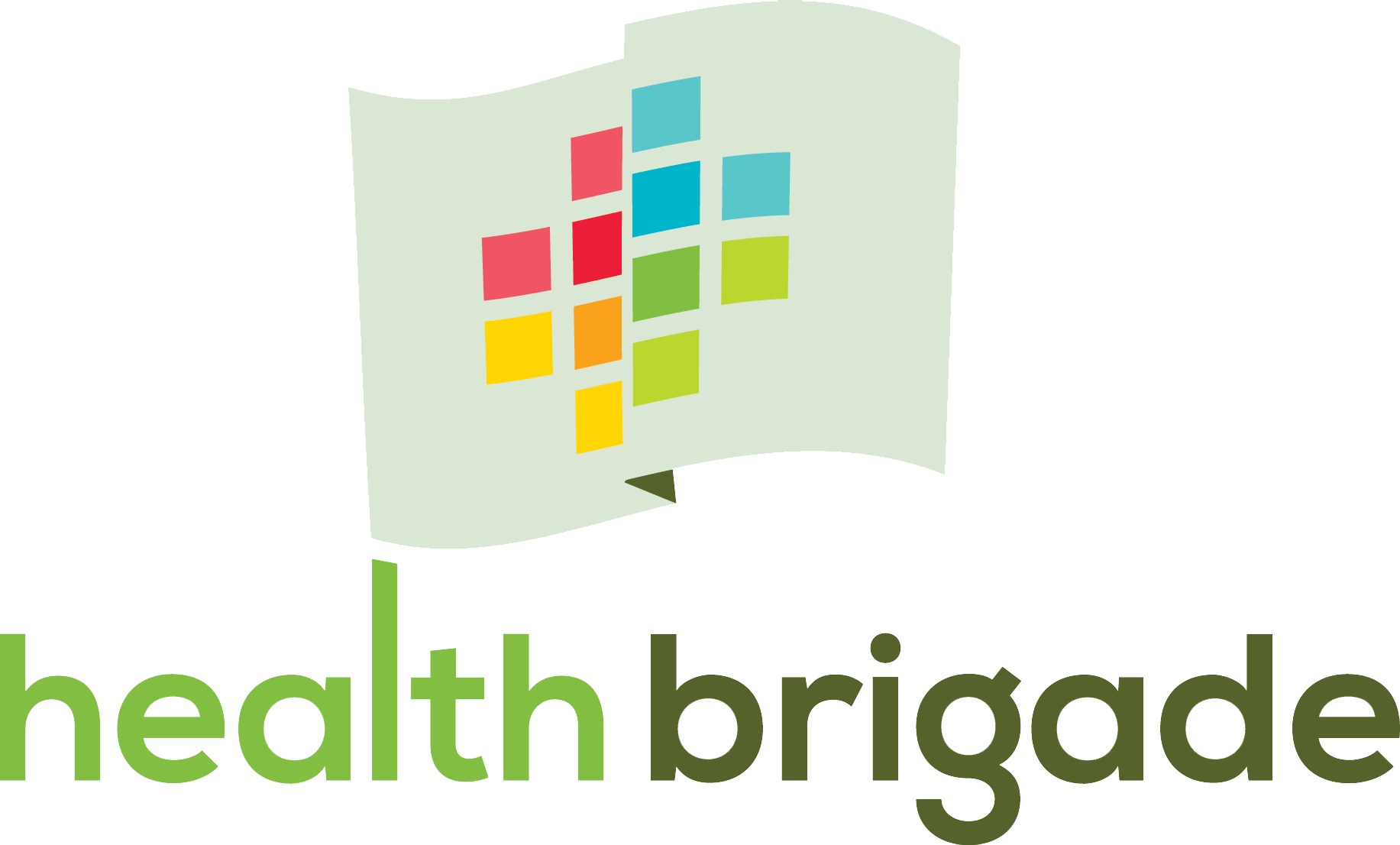Trauma-Informed Care
Trauma is experiences that create extreme stress that overwhelm your ability to cope. It is a normal response to an abnormal situation.
Types of trauma include:

- Community violence
- Domestic violence
- Medical trauma
- Natural disasters
- Physical neglect
- Physical abuse
- Refugee trauma
- School violence
- Incarceration
- Sexual abuse
- Terrorism
A key component of trauma is loss. Due to loss, people may seek:
- Power and control
- Boundaries
- Safety, trust, and protection
- Attachment and connection
- Positive sense of self
- Sensation and feeling
Signs of trauma may include:
- Avoidance of trauma-related thoughts or feelings
- Intrusive memories of the event or nightmares about the event
- Hyper-arousal or exaggerated startle response
- Hyperactivity
- Irritable or aggressive behavior
- Withdrawal or social isolation
Trauma-informed care is “grounded in an understanding of and responsiveness to the impact of trauma, that emphasizes physical, psychological, and emotional safety for both providers and survivors, and that creates opportunities for survivors to rebuild a sense of control and empowerment.” (Hopper, Bassuk, & Olivet, 2010)
Becoming trauma-informed helps the person accessing a service, the person delivering it, and the service culture itself.
Principles of a trauma-informed approach:
- Safety
- Trustworthiness and transparency
- Peer support and mutual self-help
- Collaboration and mutuality
- Empowerment, voice, and choice
- Cultural, historical, and gender issues
The trauma-informed approach to care at HB:
- Respond to the underlying NEED rather than react to the BEHAVIOR
- Think… “What happened to them?” (Instead of “What is wrong with them?”)
- We ask all staff/volunteers to assess if you are witnessing:
- Misbehavior
- Stress behavior, or
- Skill that was never learned?
- Read the signs and reframe the behavior so that you respond in a trauma-informed manner
- Actively resist re-traumatization!
Connect, then Redirect
The magic formula…
- Recognize where the person currently is
- Connect with the emotion until the temperature reduces
- Empathize
- Listen with your heart — it takes effort!
- Acknowledge feelings first
- Non-verbal signals — touching, empathetic facial expressions, nurturing tone of voice, and non-judgmental listening
- Put yourself in their shoes — get a grasp of what is happening for them
- Redirect with logic
Trauma-informed responses
- “It makes sense that you are feeling this way”
- “Help me understand how you feel”
- “Let’s talk about ways I can help you”
- “I care about your well-being / health. How can I help?”
Self-care
- Practice regular self-care! Self-care is not an indulgence or a luxury. Self-care is a necessity.
- Vicarious trauma or secondary traumatic stress (STS)
- A component of compassion fatigue
- Emotional duress that results when an individual hears about the first-hand trauma experiences of another
- Can be acquired in as little as one interaction
- Talk to your immediate supervisor or a member of the Trauma-Informed Leadership Team (TILT) for additional information about how to practice good self-care.
 TILT is made up of staff from each HB Department. They are available to talk to volunteers and staff about TIC.
TILT is made up of staff from each HB Department. They are available to talk to volunteers and staff about TIC.
- Muriel Azria-Evans (Mental Health & Wellness) – [email protected]
- Isaac Brown (Health Outreach) – [email protected]
- Jamie Burch (Mission Support) – [email protected]
- Ari Laoch (MH&W) – [email protected]
- Erick Lainez-Villanueva (Medical Clinic) – [email protected]
